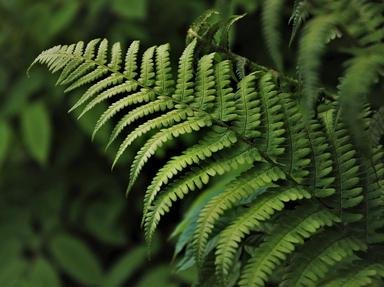Quiz Answer Key and Fun Facts
1. What is the balanced equation for photosynthesis?
2. In the light reactions, which comes first: photosystem 1, or photosystem 2?
3. Where do the light reactions occur?
4. Where does the Calvin cycle take place?
5. In the Calvin cycle, what enzyme aids in carbon fixation?
6. Some plants have special adaptations to deal with extremely hot, dry conditions. What kind of plants are these?
7. What enzyme fixes carbon in C4 and CAM plants?
8. Back to the light reactions: When H+ (hydrogen ions) are pumped into the thylakoid, they build up osmotic pressure, and with the help of *what* are pumped back out of the thylakoid space?
9. What wavelength of visible light causes the re-excitation of electrons in photosystem 1?
10. What colour of visible light is the shortest in wavelength?
Source: Author
joannlee
This quiz was reviewed by FunTrivia editor
crisw before going online.
Any errors found in FunTrivia content are routinely corrected through our feedback system.
